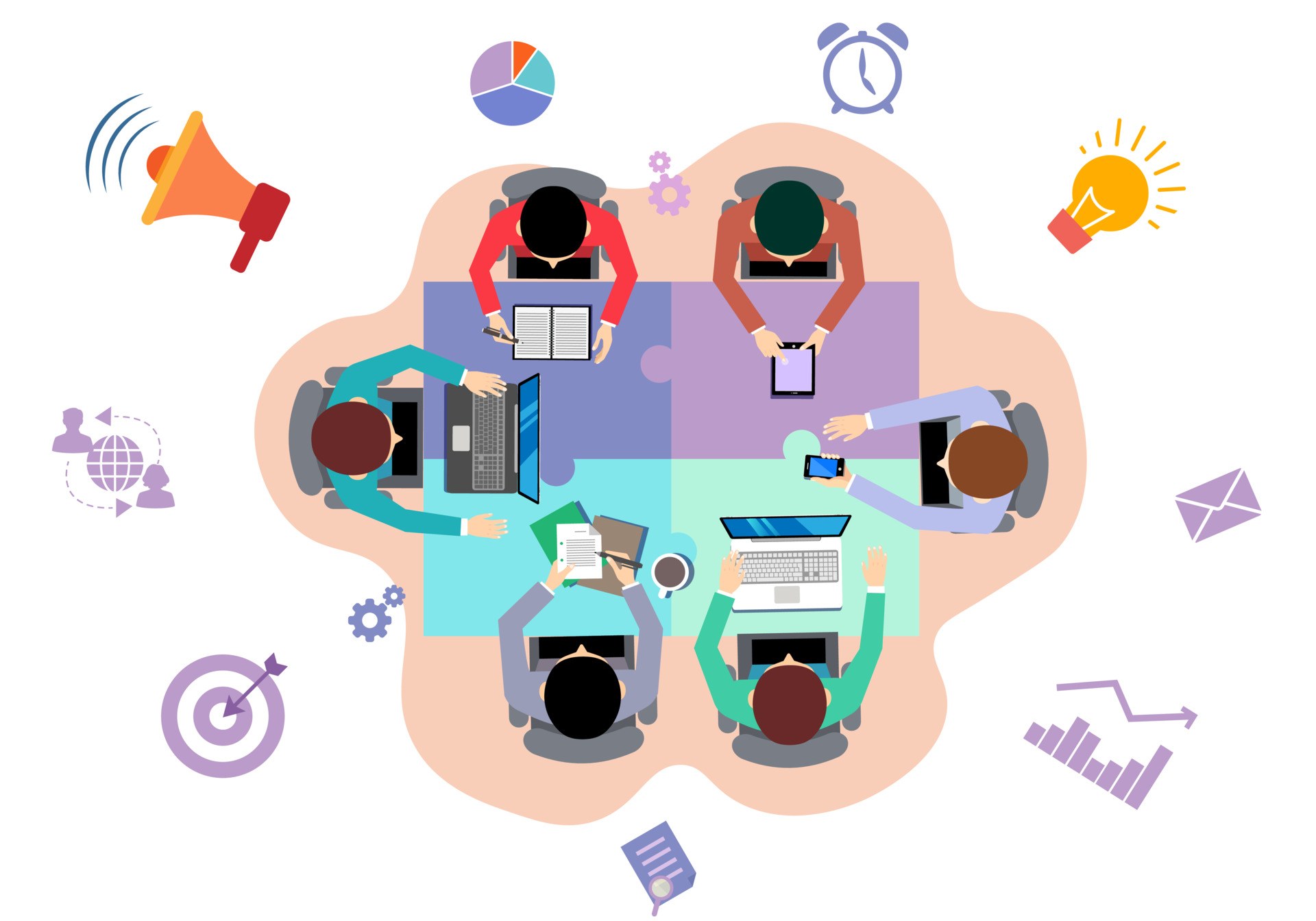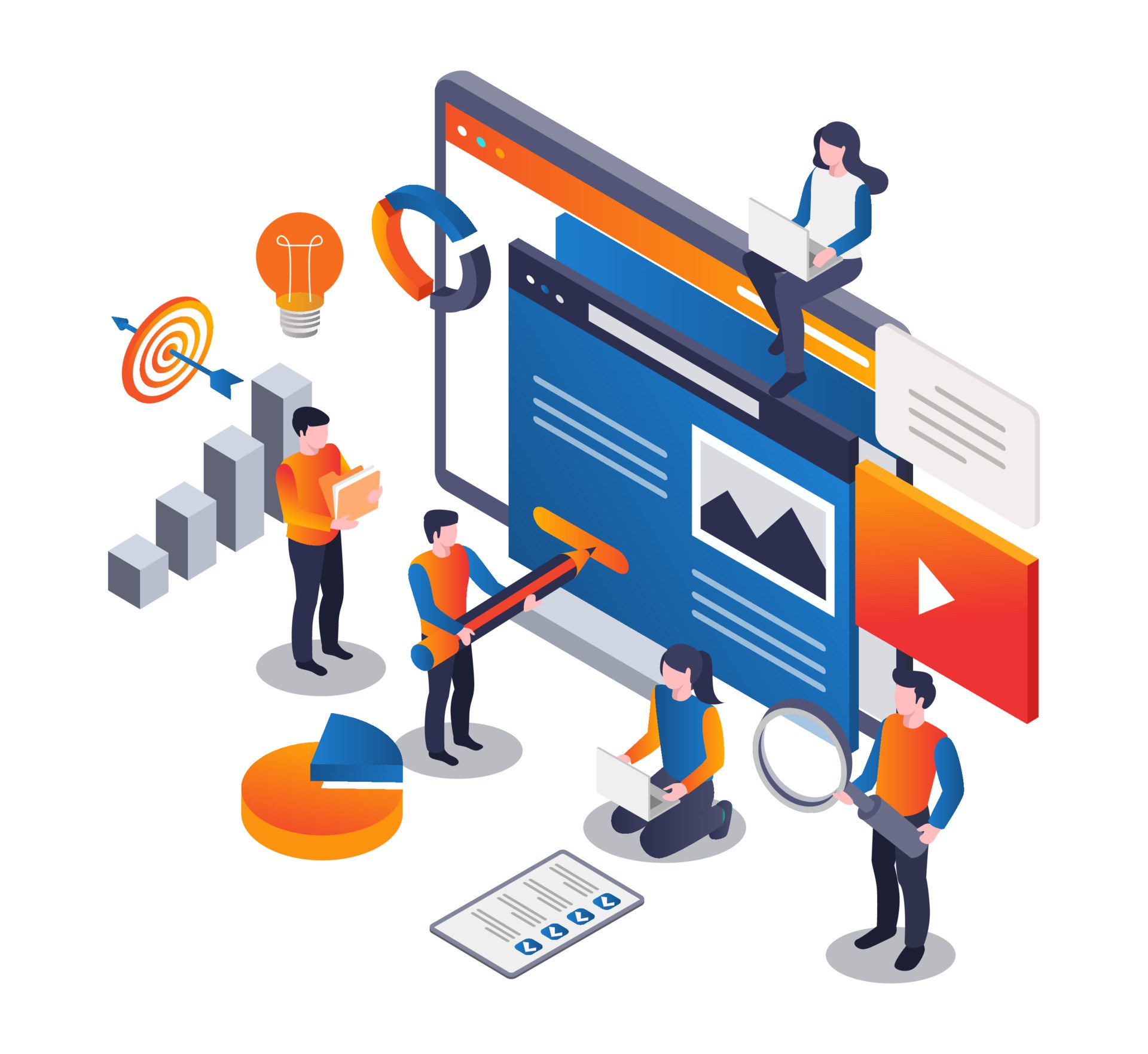Reporting is not only a control tool. The indicators selected for monitoring help answer the question: “Are we doing everything right?”. Even at the idea stage, the team establishes what intermediate achievements should be, what should be considered the main success and how to measure everything.
The final product depends on how accurately the indicators are chosen during the project, and what is further undertaken in accordance with the data received.
 |
A project analysis and results control system is developed at the initial stage. This system defines:
|
If the system of analysis and reporting is not debugged, the company begins to waste human and financial resources irrationally. It will be difficult to control the pace of the project, and the timing will have to be shifted. Conversely, performance measurement and data analysis reveal risks, schedule deviations, and budget overruns. It is important to see in time and react correctly. Project reporting can be conditionally divided into three stages: expected results, reporting during the project, evaluation and analysis of activities upon completion.
1. Current project risk analysis.At this stage, it is determined what risks may be, what to do if they occur. The processes in the project are interconnected, weak links need to be identified, and it is also necessary to know how unforeseen changes or deviations will affect the entire work. Communication channels or a common platform through which information will flow from departments and divisions is established at this stage. Reports and indicators should come with a certain frequency in order to make decisions on time. |
2. Analysis of the cost of the project.The final product determines the cost of the project. The time needed for implementation, the cost and tariff rate of each period are calculated according to the general plan. Taxes and all production costs, as well as unforeseen risks as a safety factor, are added to the total. Experts recommend setting the so-called FOS safety factor of less than 20%. |
3. Workload analysisWorkload analysis tools predict the amount of work for each employee in a particular task. It is important for the manager to see clearly what work the project participant is doing, whether responsibilities are distributed evenly. It is necessary to review and redistribute the load regularly or change the deadlines for solving problems. |
4. Process analysisIf the processes in the company are already established, and everything worked out in previous projects, then there is a risk of refusing to improve or simply not seeing that something can be done more efficiently. Continuous analysis of information and indicators helps to determine which stage is the most time-consuming, how to speed up the work, what to automate or completely eliminate. Participants must be aware of the changes and know how to proceed. |
Managers request scheduled reports on a regular basis and also as needed. Departments and divisions provide information on costs, time and effort spent, on the state of affairs on a specific date in the prescribed form.
There are a number of tools that help streamline the process of analysis and reporting, as well as automate it. Technologies can be implemented at different levels: between employees, in interactions "manager - subordinate", "company - partners", "organization - regulatory authorities". The project manager determines which reports need to be prepared and collected for external review by the auditor and regulatory bodies, and what is needed for control within the organization.
 |
According to the development methodology and the nature of the use, two types of tools are distinguished.
Independent experts help launch and set up a project analysis and reporting system. A specialist, as a person who is not in the company's system, determines strengths and weaknesses and, based on the information received, can offer those tools that will help develop a particular business. The expert not only helps to introduce new methods of work. He accompanies the participants of the process at all stages of the introduction of innovations and leaves the company when employees can continue to work at the established pace on their own. The organization receives working tools and trained personnel. |


 ro
ro 



